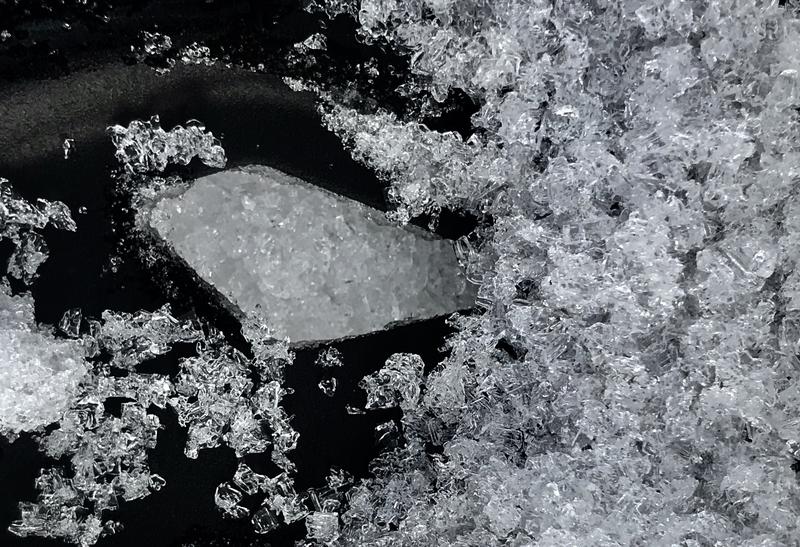Forecast for the Logan Area Mountains

Issued by Toby Weed on
Saturday morning, March 6, 2021
Saturday morning, March 6, 2021
Heightened avalanche conditions exist and there is MODERATE danger on steep slopes in the backcountry. Although becoming less likely, people could trigger large avalanches failing 2 to 4 feet deep on a buried persistent weak layer near the ground in some areas. Very steep rocky slopes, and previously drifted slopes with shallow overall snow cover are the most suspect. Warm temperatures, solar heating, and possible green-housing, will cause elevated wet avalanche conditions during the heat of the day on many slopes and at all elevations.
- Evaluate snow and terrain carefully.

Low
Moderate
Considerable
High
Extreme
Learn how to read the forecast here






